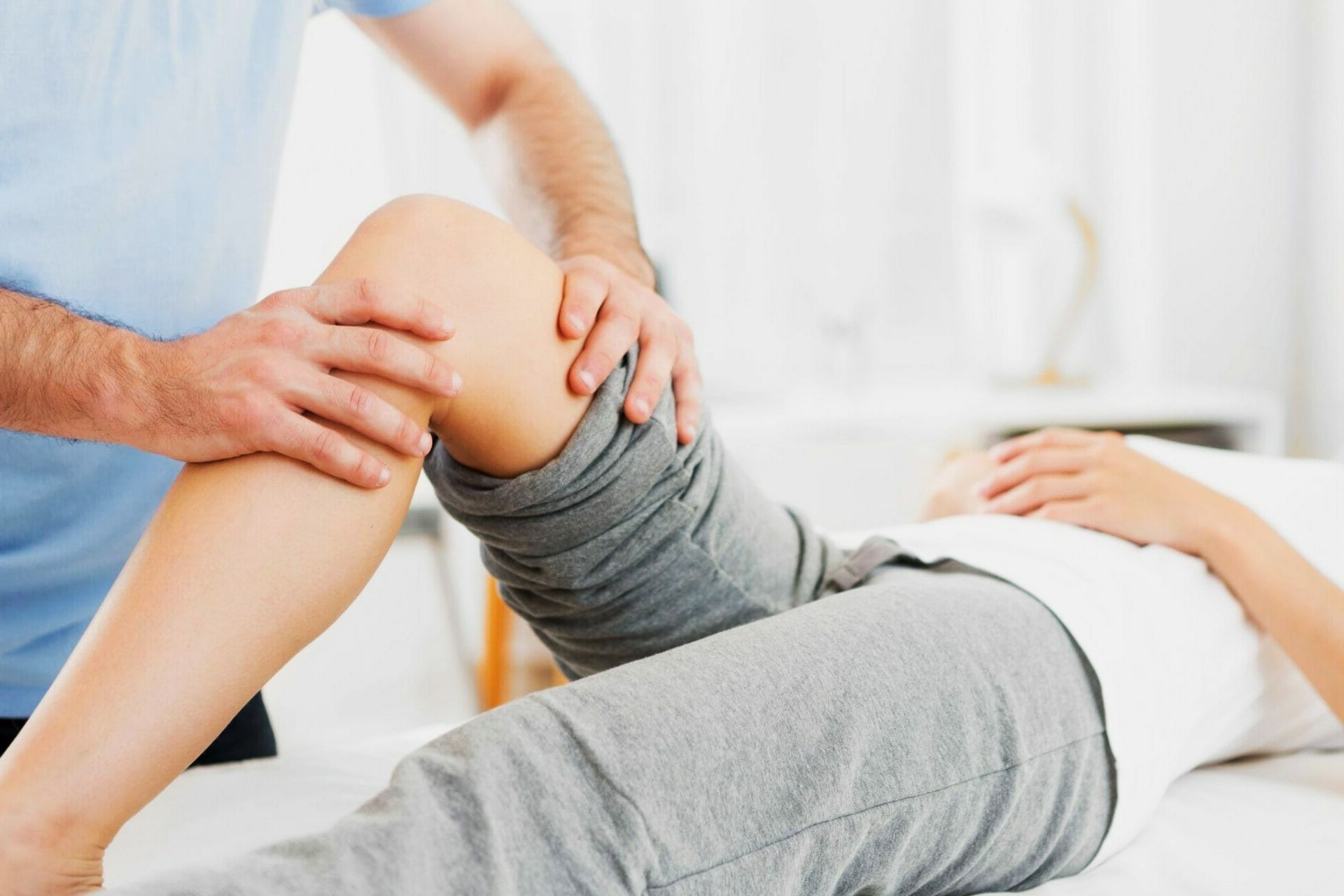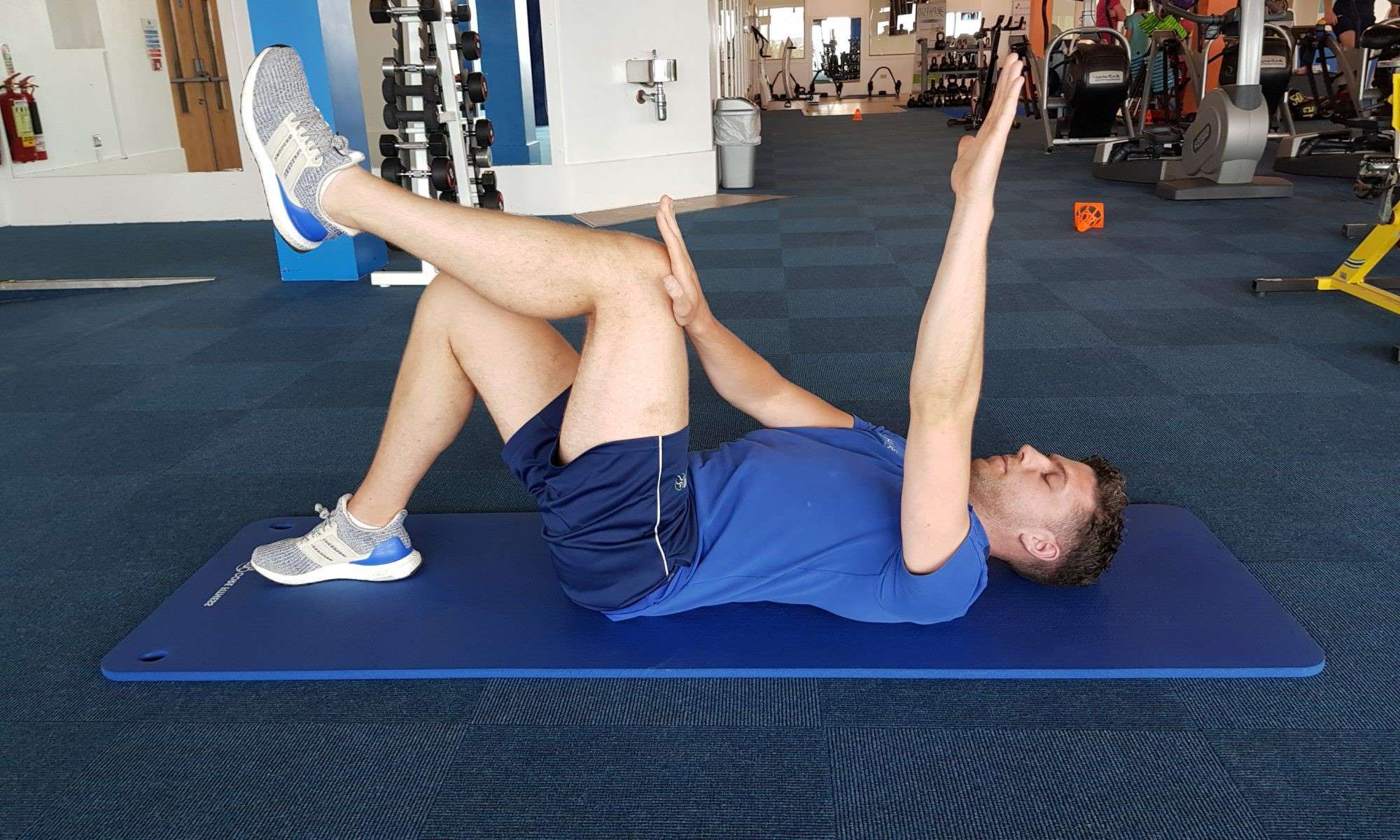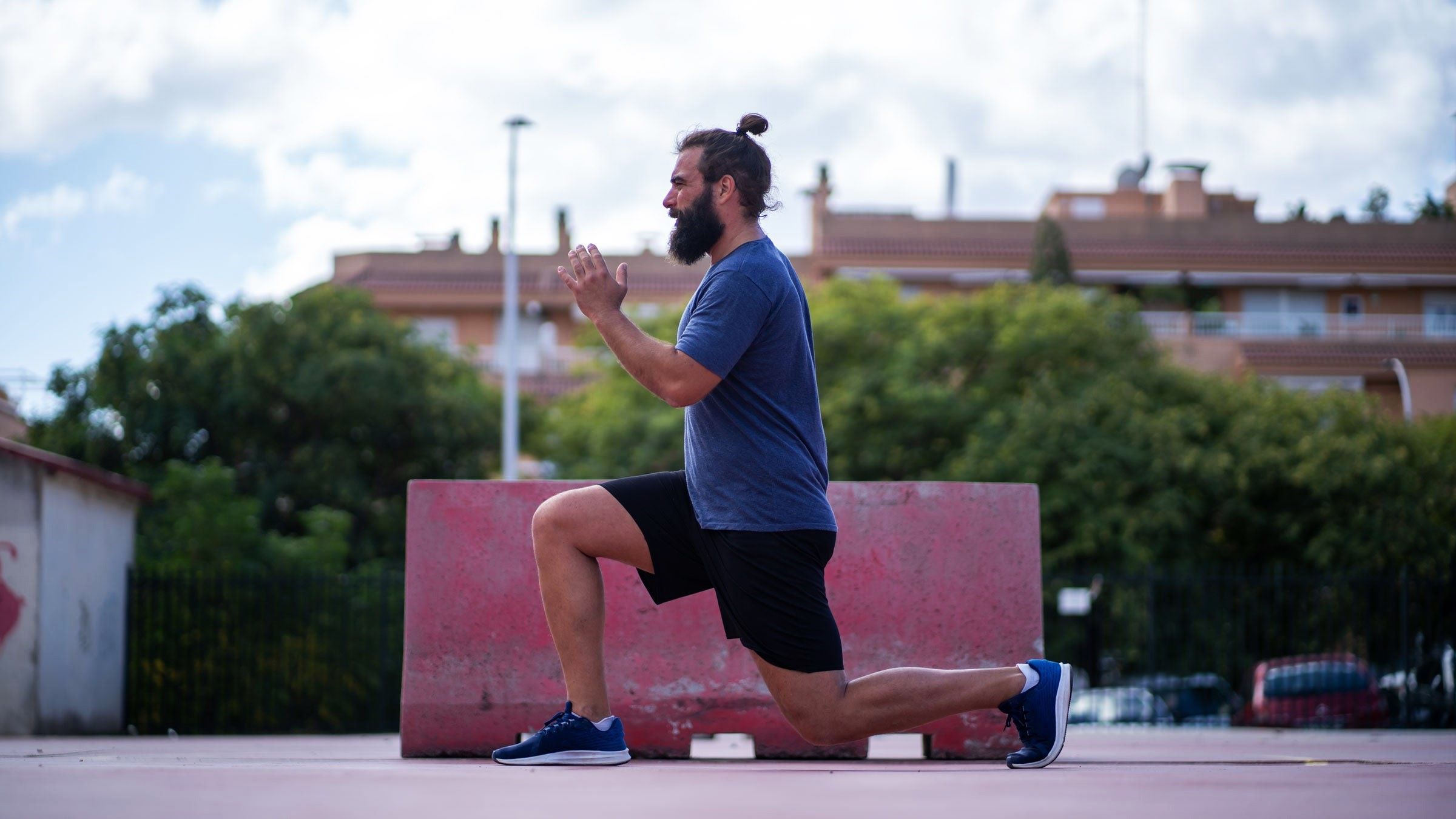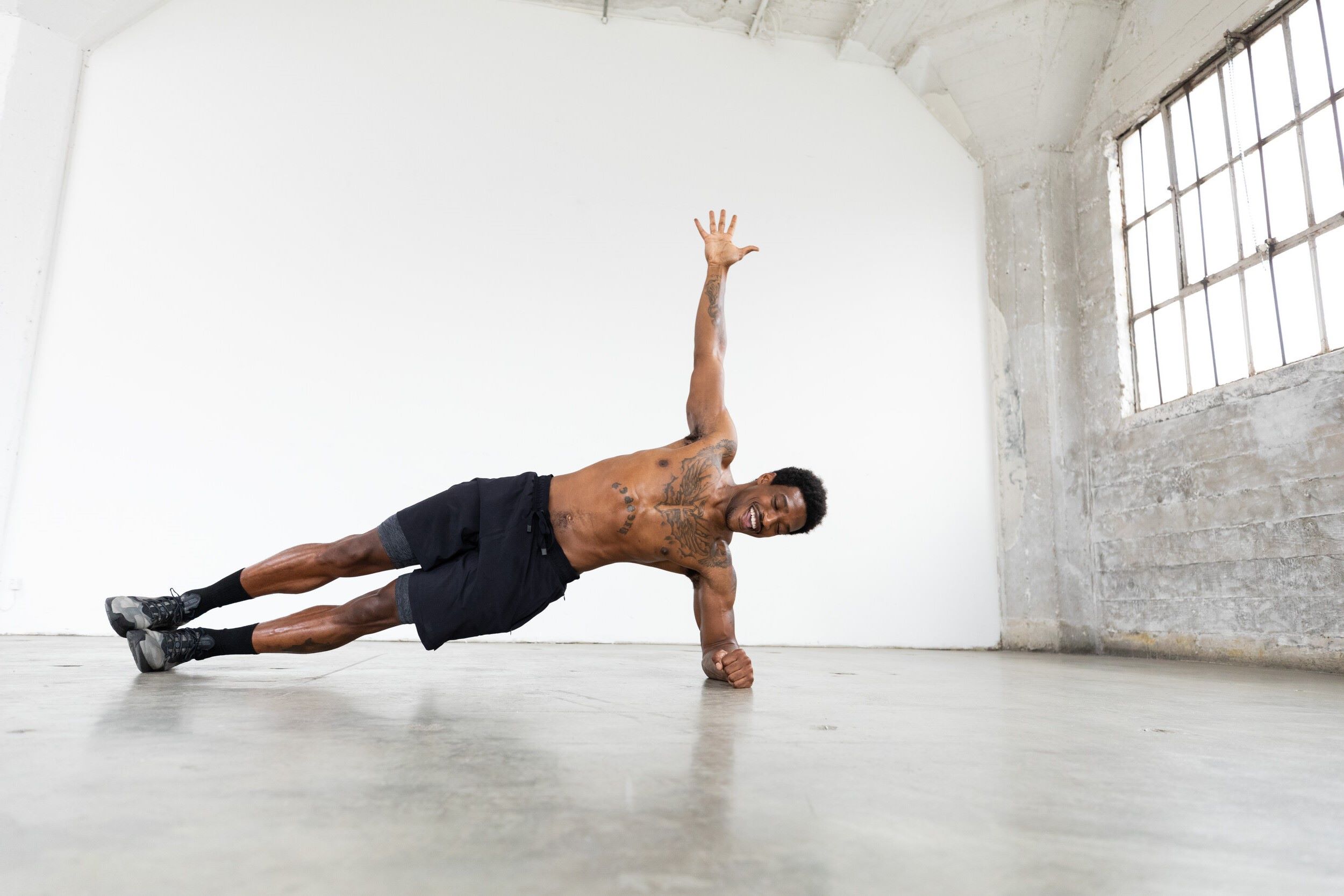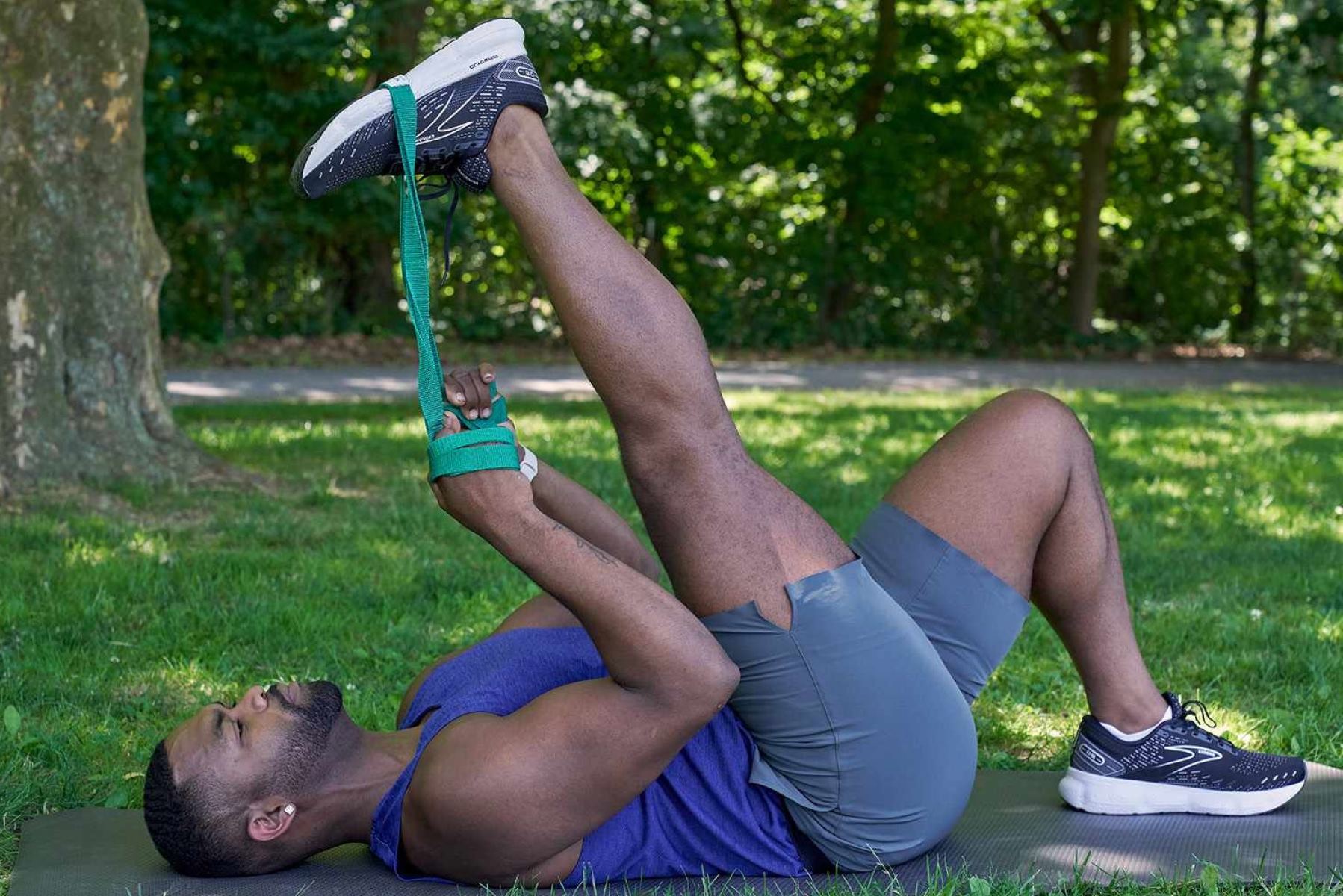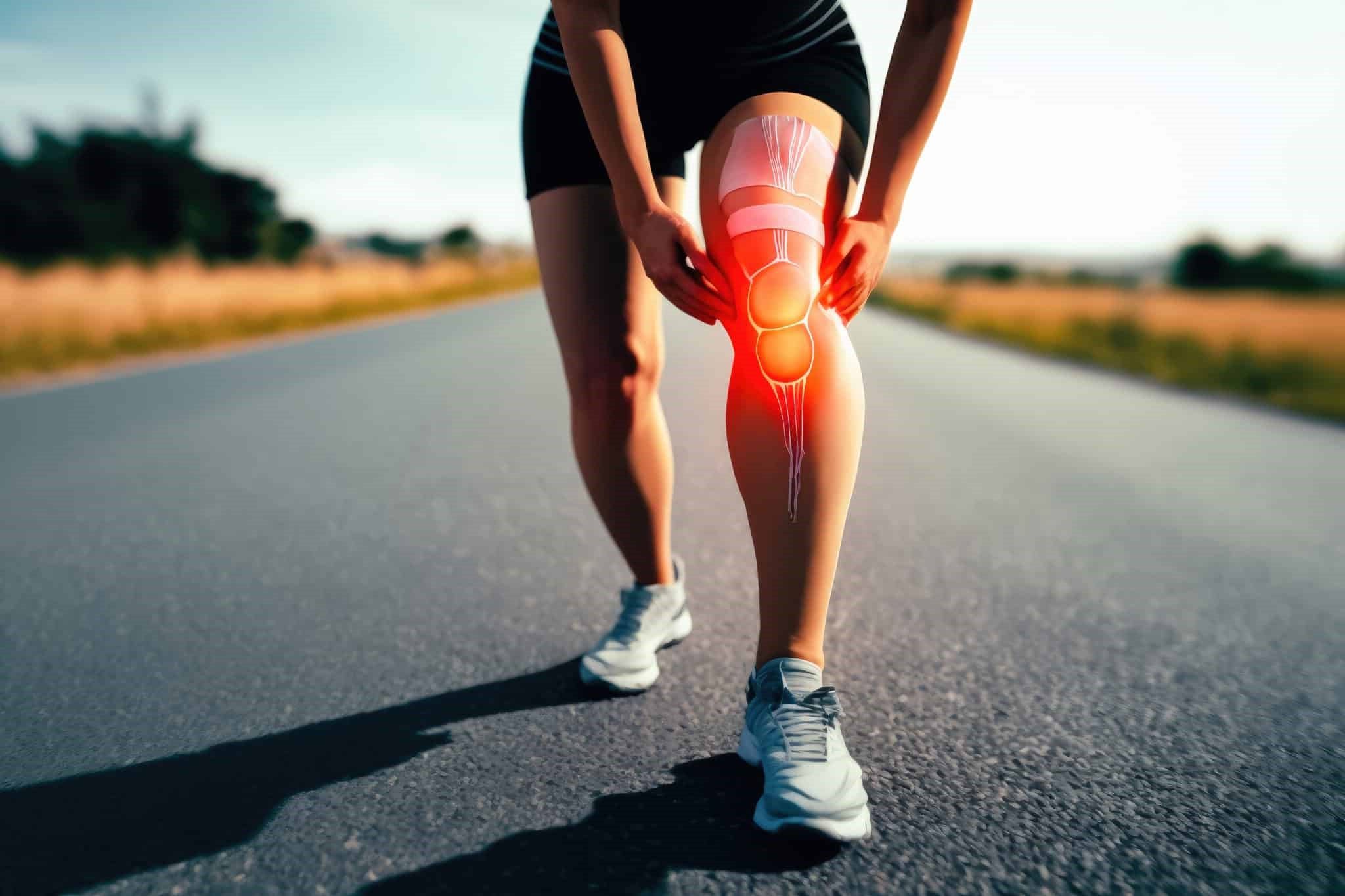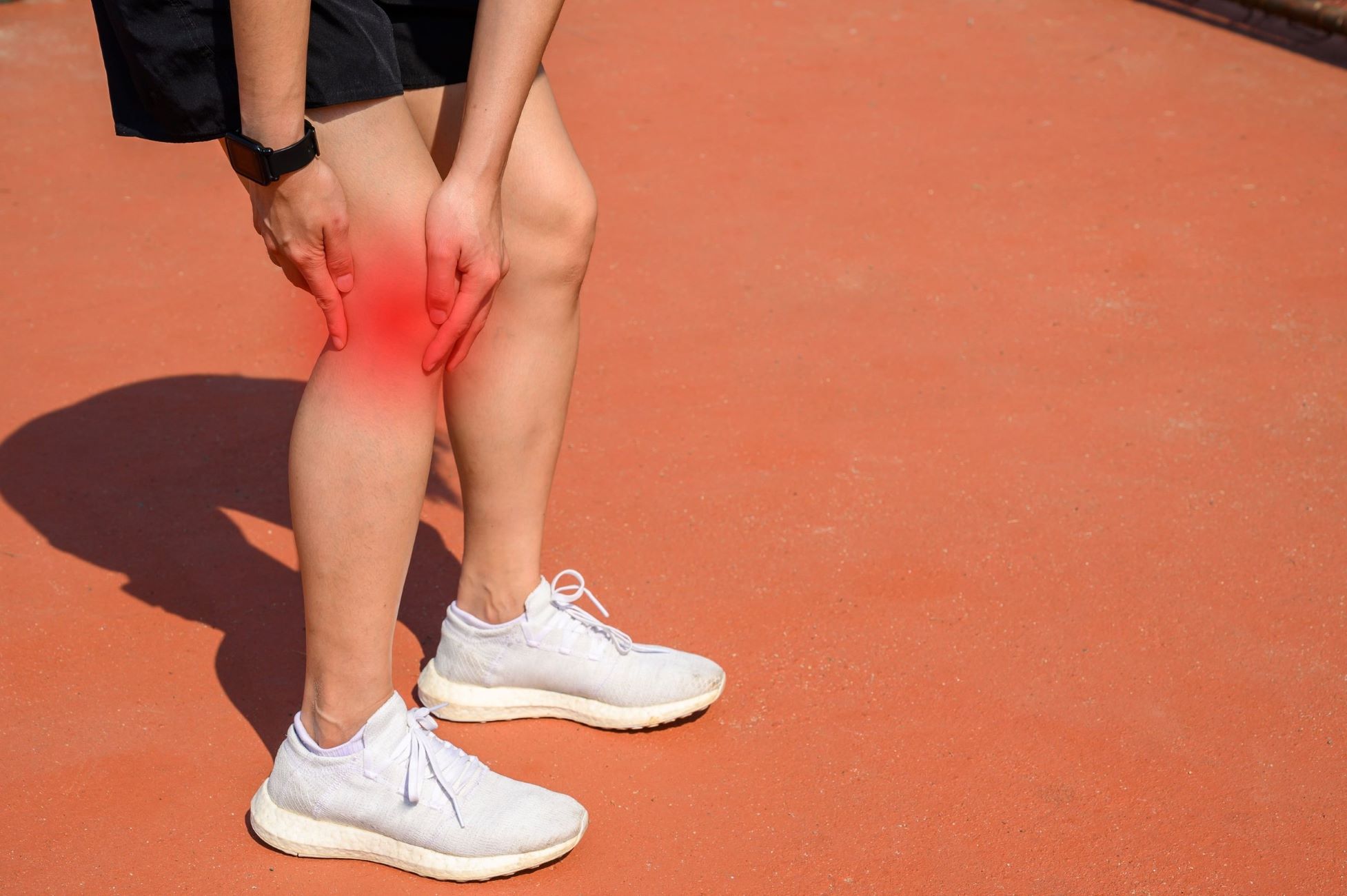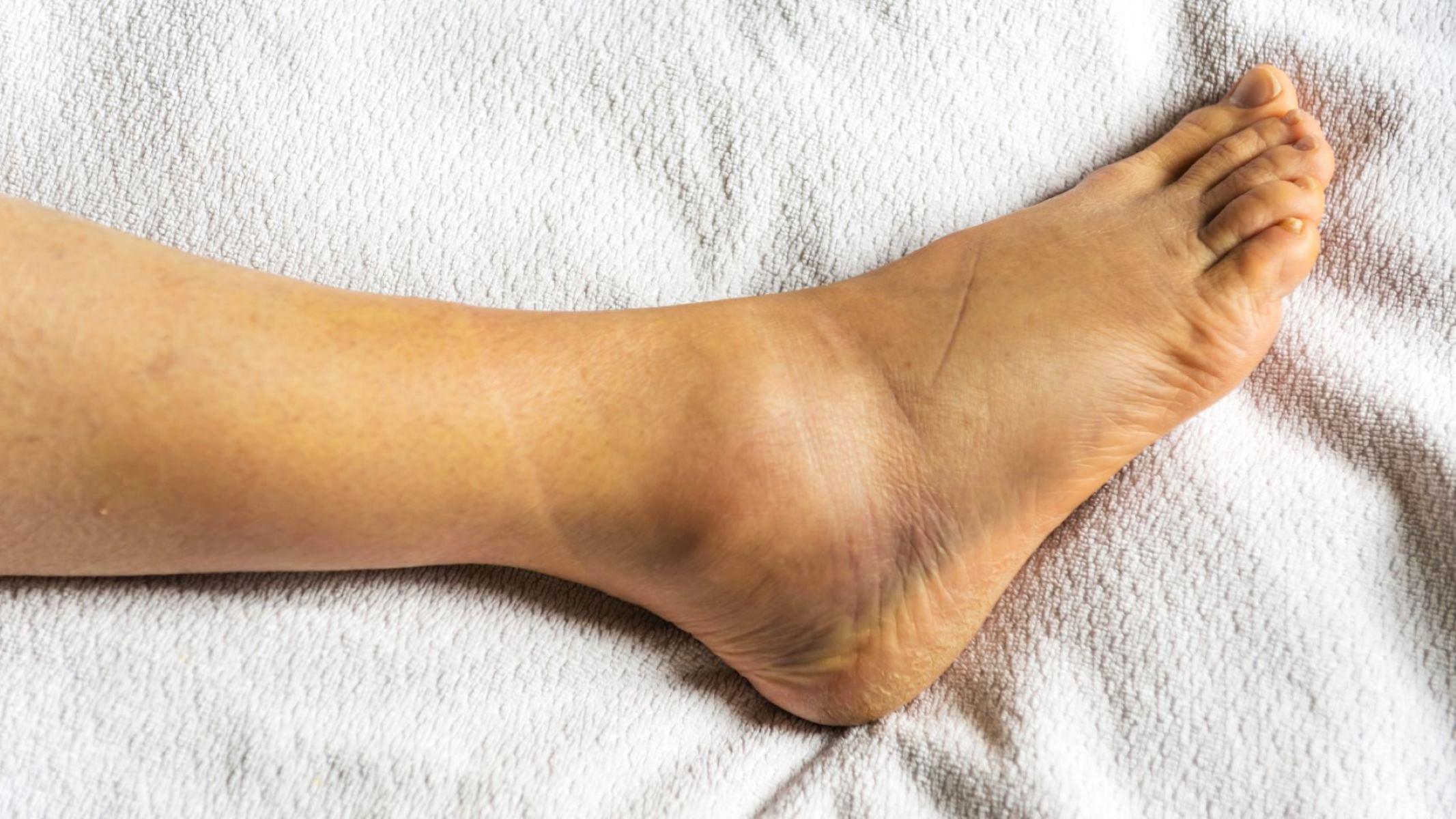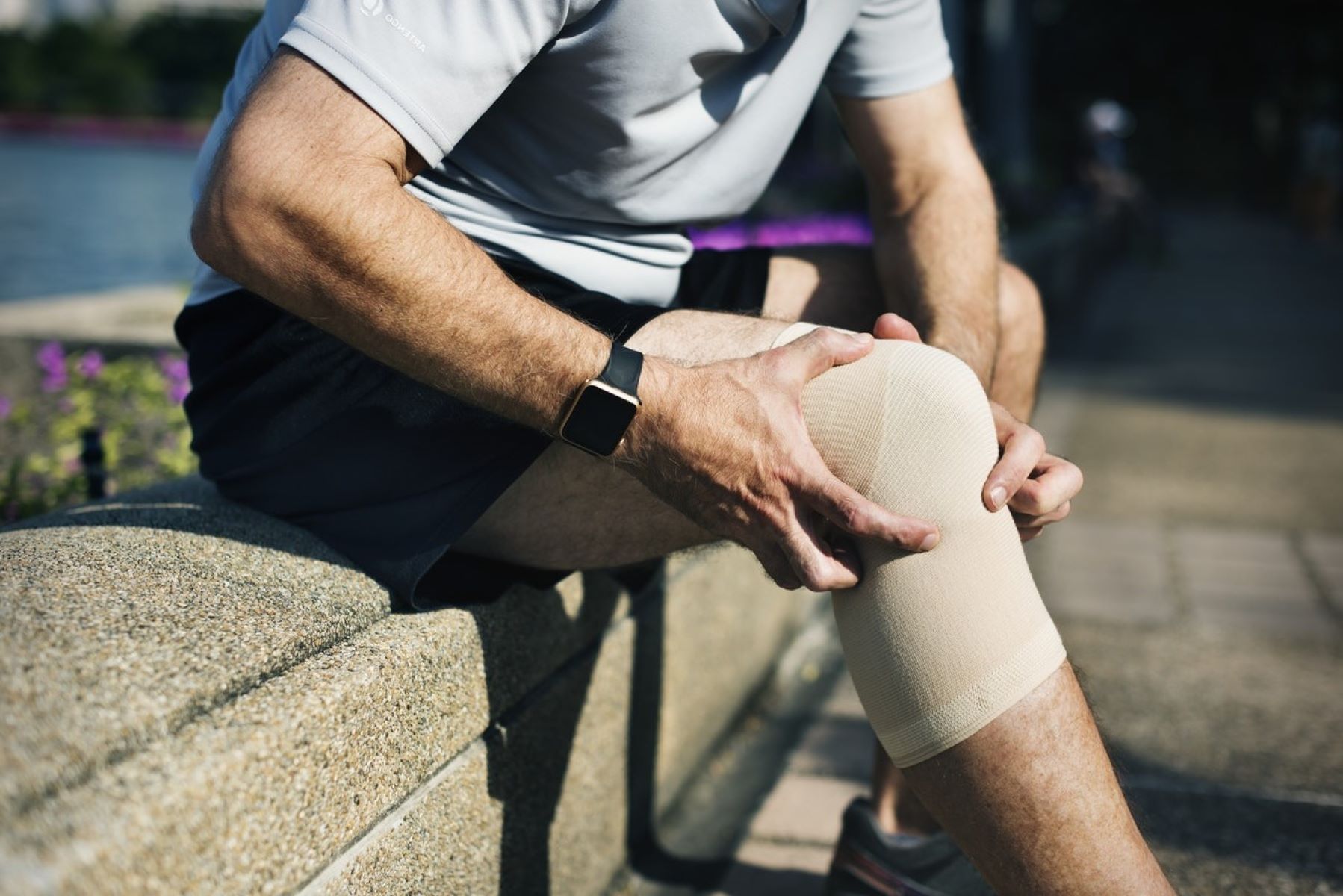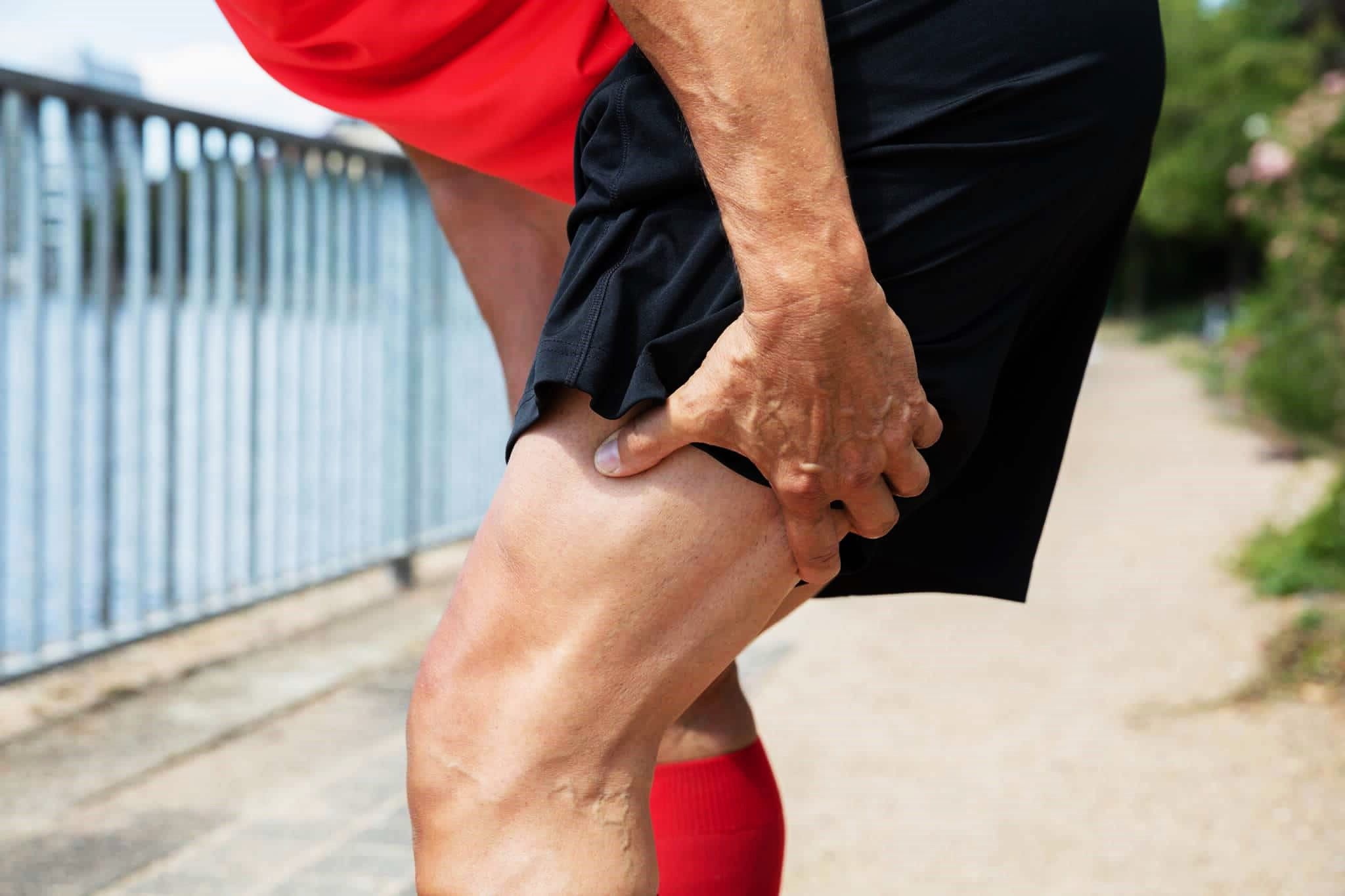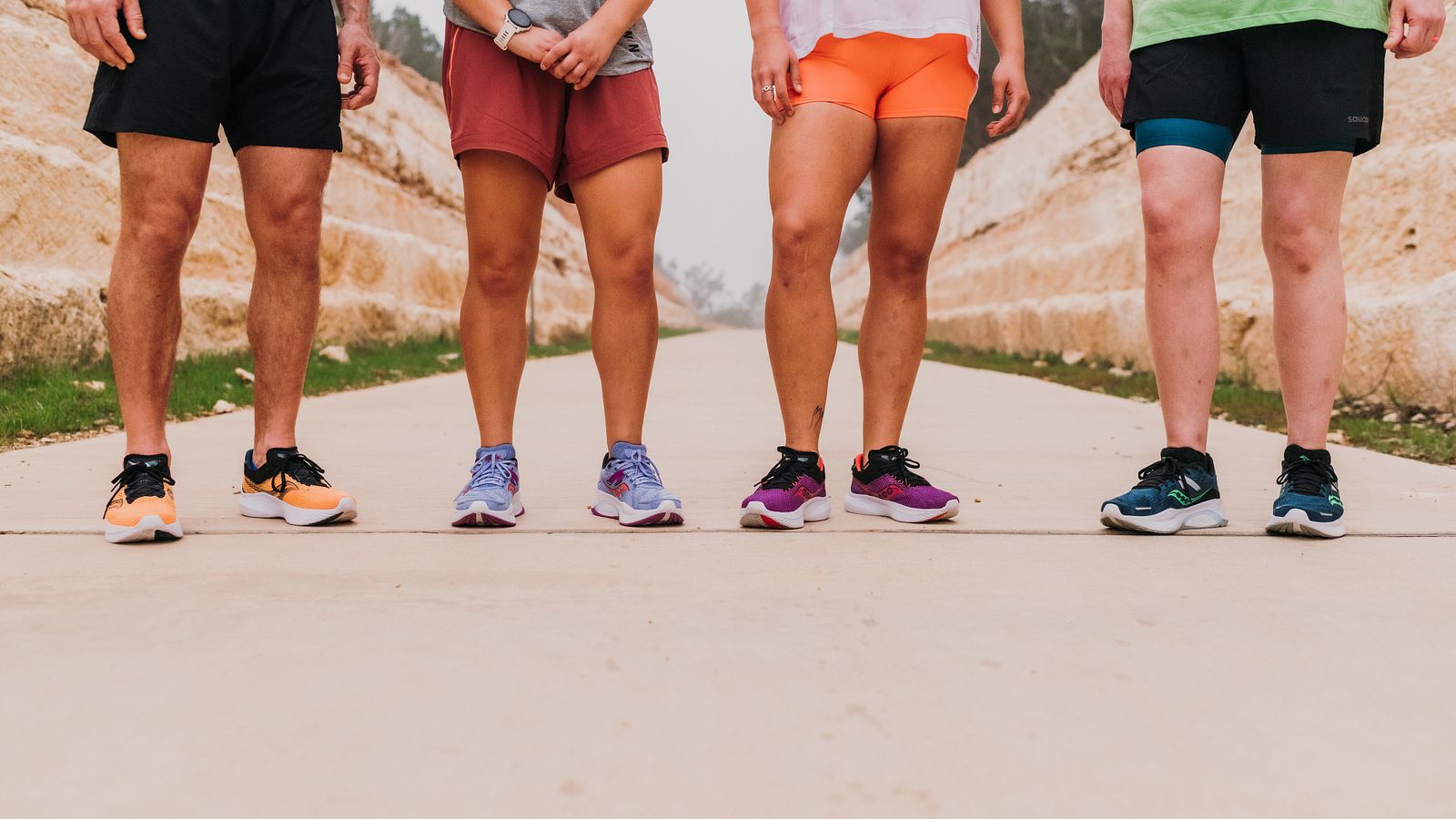Home> Health & Nutrition > Injury Prevention
Injury Prevention
Preventing injuries is crucial for uninterrupted training and enjoying running long-term. This section offers expert advice on injury prevention strategies, exercises to strengthen injury-prone areas, and how to listen to your body’s signals. Stay healthy and on track with our guides to avoiding common running injuries.
By: Felicle Mccracken • Injury Prevention
Overcoming Plantar Pain In Just Four Weeks
Understanding Plantar Pain Plantar pain, also known as plantar fasciitis, is a common foot condition characterized by inflammation of the plantar fascia, a thick band of tissue that runs across the bottom of the foot, connecting the heel bone to the toes. This condition often leads to stabbing pain near...
Read MoreBy: Daniele Robey • Injury Prevention
Signs To Watch For If Your Calf Muscles Spasm
Understanding Calf Muscle Spasms Calf muscle spasms, often referred to as "charley horses," are involuntary contractions of the muscles in the lower leg. These spasms can range from mild twitches to intense pain and can occur suddenly, catching individuals off guard. Understanding the nature of calf muscle spasms is crucial...
Read MoreBy: Katrina Bustillos • Injury Prevention
Running: Understanding Medial Collateral Ligament Injuries
An Overview of the Medial Collateral Ligament The medial collateral ligament (MCL) is a crucial structure that provides stability to the knee joint. It is a band of tissue located on the inner side of the knee and connects the femur (thigh bone) to the tibia (shin bone). The primary...
Read MoreBy: Kyla Jaramillo • Injury Prevention
Understanding The Causes Of Tight Hip Flexors And Effective Ways To Loosen Them
Common Causes of Tight Hip Flexors Tight hip flexors are a common issue that can result from various factors, including sedentary lifestyles, improper posture, and overuse. Understanding the causes of tight hip flexors is crucial for effectively addressing and preventing this discomforting condition. Here are the common causes of tight...
Read MoreBy: Sandy Eller • Injury Prevention
3 Essential Hip Flexor Exercises For Runners
Importance of Hip Flexor Strength for Runners As a runner, you're no stranger to the exhilarating feeling of pounding the pavement, the rhythmic sound of your breath, and the steady beat of your heart. However, have you ever considered the pivotal role that your hip flexors play in your running...
Read MoreBy: Blanch Goldman • Injury Prevention
The Benefits Of Side Plank For Runners: A Step-by-Step Guide
Introduction As a runner, you're no stranger to the importance of staying injury-free. Whether you're a seasoned marathoner or a casual jogger, preventing injuries is crucial for maintaining your running routine and achieving your fitness goals. One effective way to enhance your injury prevention strategy is by incorporating the side...
Read MoreBy: Aurel Bode • Injury Prevention
Top 4 Balance Exercises For Runners
Introduction Maintaining balance is a crucial aspect of overall fitness, especially for runners. Whether you're a seasoned marathoner or a casual jogger, incorporating balance exercises into your training regimen can significantly enhance your performance and reduce the risk of injuries. By improving stability and proprioception, balance exercises help runners develop...
Read MoreBy: Berna Deleon • Injury Prevention
Overcoming The 4 Most Common Running Injuries
Introduction Running is a popular form of exercise that offers numerous health benefits, including improved cardiovascular fitness, weight management, and stress reduction. However, despite its many advantages, running also poses the risk of injury. Whether you're a seasoned marathon runner or a casual jogger, the potential for experiencing running-related injuries...
Read MoreBy: Janet Rackley • Injury Prevention
Preventing Hamstring Injuries: A Guide For Runners
Understanding Hamstring Injuries Hamstring injuries are a common concern for runners, often causing discomfort and disrupting training routines. The hamstrings, a group of three muscles located at the back of the thigh, play a crucial role in running, as they are responsible for bending the knee and extending the hip...
Read MoreBy: Larissa Gillette • Injury Prevention
The Importance Of Dynamic Stretching For Runners: Why And How
Understanding the Benefits of Dynamic Stretching Dynamic stretching has gained significant attention in the realm of injury prevention and athletic performance enhancement. Unlike static stretching, which involves holding a single position for an extended period, dynamic stretching involves continuous movement through a full range of motion. This form of stretching...
Read MoreBy: Lorenza Tarango • Injury Prevention
Essential Stretching Guide For Beginner Runners
Benefits of Stretching for Beginner Runners As a beginner runner, incorporating stretching into your routine offers a myriad of benefits that can significantly enhance your running experience. Here are the key advantages of stretching for novice runners: Injury Prevention: Stretching plays a pivotal role in preventing injuries commonly associated with...
Read MoreBy: Teresina Oreilly • Injury Prevention
Enhance Strength And Prevent Injuries Through This Post-run Stability Workout
Importance of Post-Run Stability After completing a vigorous run, it's crucial to recognize the significance of post-run stability exercises. While running is an excellent way to enhance cardiovascular health and build endurance, it can also place stress on the body, particularly the muscles and joints. Engaging in a post-run stability...
Read MoreBy: Glenna Lorenzen • Injury Prevention
Signs That You Should Consider Taking A Break From Running
Feeling constant fatigue Feeling constantly fatigued is a red flag that your body is struggling to keep up with the demands of running. While it's normal to experience some fatigue after a challenging run or workout, persistent and unrelenting fatigue could indicate a deeper issue that needs attention. When you...
Read MoreBy: Maryrose Larsen • Injury Prevention
Running With Gluteal Tendinopathy: Essential Information
Understanding Gluteal Tendinopathy Gluteal tendinopathy, also known as greater trochanteric pain syndrome, is a common and often debilitating condition that affects the tendons in the buttock region. The gluteal tendons, including the gluteus medius and minimus, play a crucial role in stabilizing the hip joint and supporting various movements such...
Read MoreBy: Shae Siler • Injury Prevention
Essential Information On Joint Health For Runners
Importance of Joint Health for Runners Joint health is a critical aspect of overall well-being for runners. The repetitive impact and stress that running places on the body can take a toll on the joints, making it essential for runners to prioritize joint health. Healthy joints are fundamental for maintaining...
Read MoreBy: Gwyneth Northcutt • Injury Prevention
All You Need To Know About IT Band Syndrome
Understanding IT Band Syndrome The iliotibial (IT) band is a thick band of fascia that runs along the outside of the thigh, from the hip to the shin. IT band syndrome, also known as ITB syndrome, is a common injury among athletes, particularly runners and cyclists. This condition occurs when...
Read MoreBy: Kamila Wozniak • Injury Prevention
How Can I Continue Running After Breaking My Ankle?
Understanding the severity of the ankle injury An ankle injury, such as a fracture or a severe sprain, can significantly impact your ability to run. Understanding the severity of the injury is crucial for determining the appropriate course of action to facilitate a safe return to running. When dealing with...
Read MoreBy: Margeaux Warrick • Injury Prevention
The Impact Of Running On Baker’s Cyst
Understanding Baker's Cyst Baker's cyst, also known as popliteal cyst, is a fluid-filled swelling that develops at the back of the knee. This condition is often associated with underlying knee problems, such as arthritis or cartilage tears. The cyst forms when excess synovial fluid, which normally lubricates the knee joint,...
Read MoreBy: Diana Mauro • Injury Prevention
All You Need To Know About Hamstring Strains
Understanding Hamstring Strains Hamstring strains are a common injury that can occur in athletes and non-athletes alike. The hamstrings are a group of three muscles located at the back of the thigh: the biceps femoris, semitendinosus, and semimembranosus. These muscles play a crucial role in activities such as running, jumping,...
Read MoreBy: Ardith Pfister • Injury Prevention
4 Common Causes Of Knee Pain After Running
Understanding Knee Anatomy The knee is a complex joint that plays a crucial role in supporting the body's weight and facilitating movement. Comprising bones, cartilage, ligaments, and tendons, the knee joint is susceptible to various forms of stress and strain, particularly during physical activities such as running. Understanding the intricate...
Read MoreBy: Guinevere Halstead • Injury Prevention
A Comprehensive Guide To Hypermobility For Runners
Understanding Hypermobility Hypermobility refers to an increased range of motion in one or more joints, often allowing them to move beyond the normal limits. This condition is commonly observed in individuals who possess more flexible connective tissues, such as ligaments and tendons. While flexibility is generally considered beneficial, excessive joint...
Read MoreFeatured
By: Laverna Santacruz • Featured
Top 10 Best New Balance Running Shoes For Optimal Performance
Read MoreBy: Alicia Clausen • Featured
Top Picks: The Best Saucony Running Shoes For Optimal Performance
Read MoreBy: Ilka Lease • Featured
Top Picks: The Best Adidas Running Shoes For Optimal Performance
Read More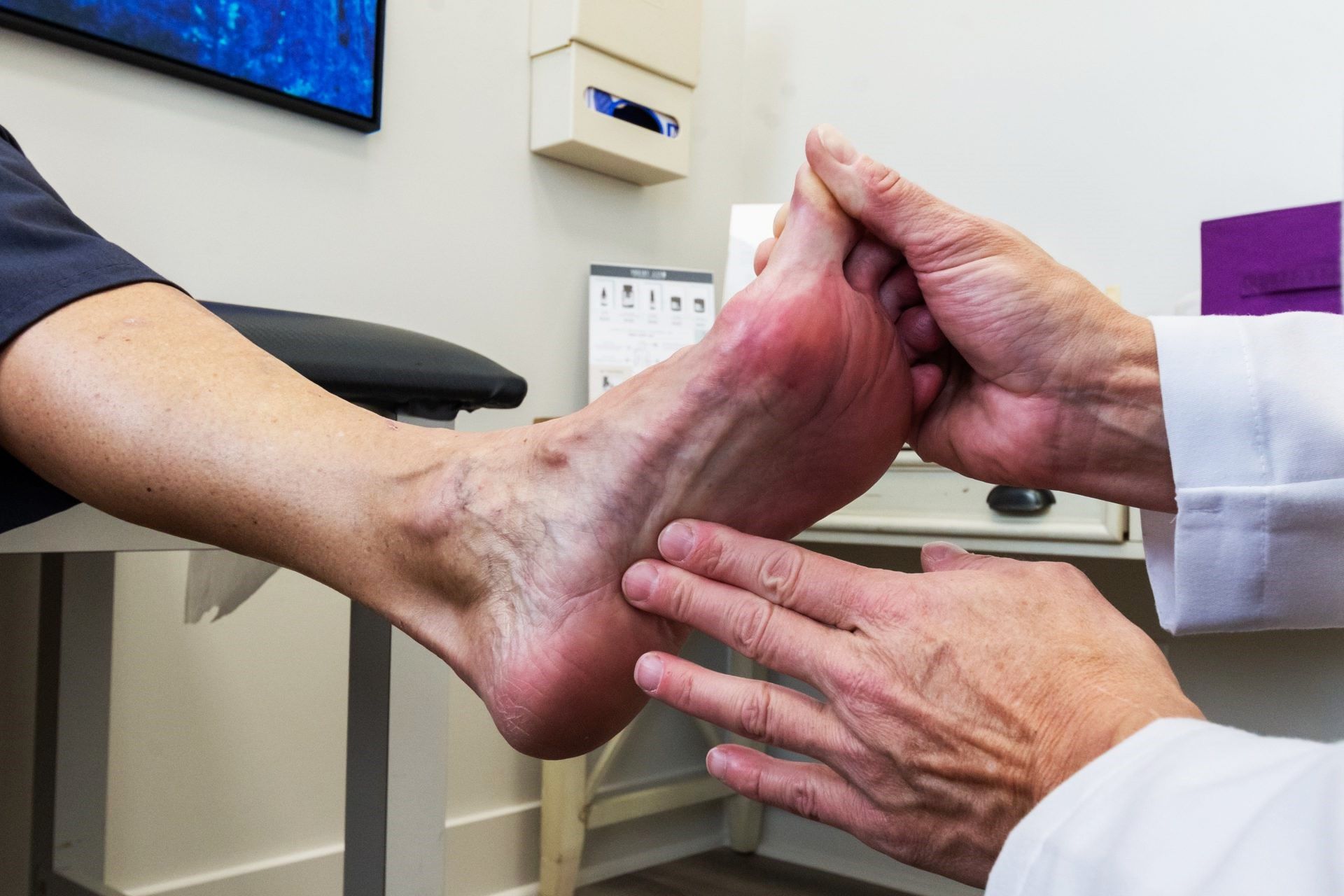
PLEATED LAMPSHADE ARE MY NEW FAVORITE THING

SHOULD WE STAY LIGHT OR GO DARK WITH PAINTING OUR TINY MASTER BEDROOM?


